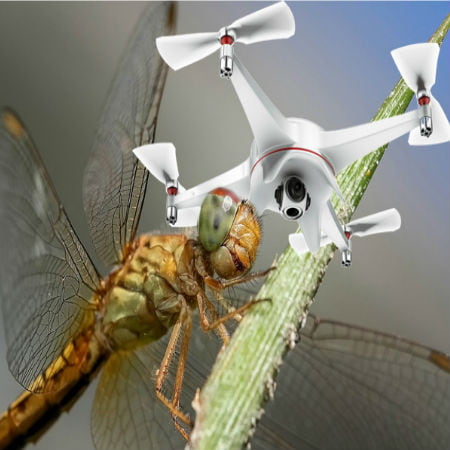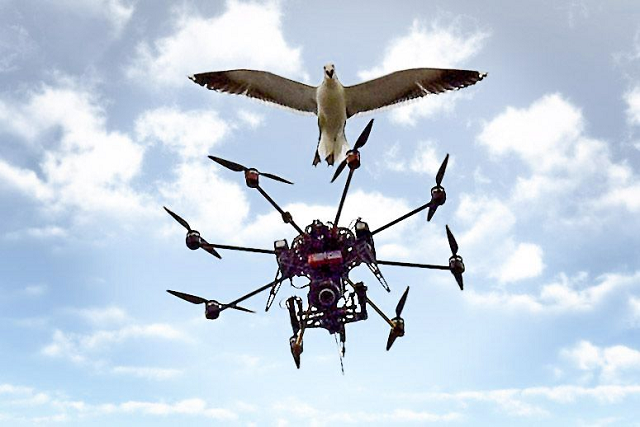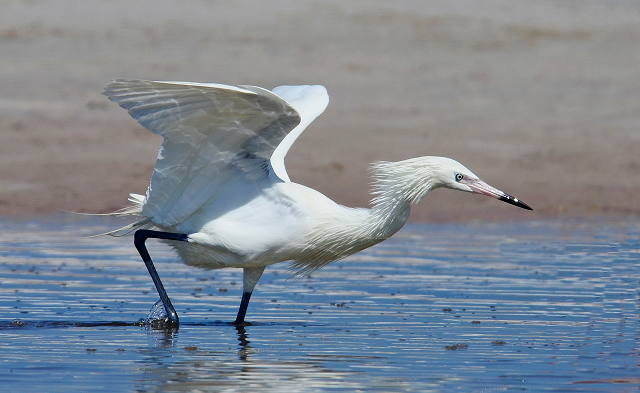
There are limitless ways drone technology can be beneficial to man. One of its primary uses is for drone-based photography as it can be safely used in environments where manned aircraft couldn’t fly or where presence of humans will disturb the ecological balance. With the right drone aerial photography tips, drone’s impact on wildlife would be advantageous.
Advanced Drone Technology: Drone’s Impact on Wildlife
Scroll down for video

StumbleUpon
Dr. Paul McDonald is aware of this, and he said, “The use of unmanned aerial vehicles for ecological research has grown rapidly in recent years, so we wanted to look at how these tools impacted the animals, and if so, how we can best minimize this disturbance. For this study, we looked at several waterfowl species such as ducks and swans, species known to be easily disturbed.”
He, together with his team from the School of Environmental and Rural Science of the University of New England, was set up to research on an effective way drones can be used to investigate sensitive water bird species in the world that has little impact on their natural movement.

Dina’s City Wildlife Adventures
The team surveyed two sites in New South Wales, including Llangothlin Lagoon, and Lake Cargelligo, by looking at the level of disturbance that drones of different sizes and shapes had on the waterfowl and also the types of cameras required to get high-quality images to use in surveys of the waterfowl. Dr. McDonald said, “Waterfowl are known to be sensitive to disturbance with relatively high values of flight initiation distance compared to other species, in that they flee when objects are relatively far away.
“We found little or no obvious disturbance effects on wild, mixed species flocks of waterfowl when UAVs were flown at least 60 meters above the water level. Waterfowl were disturbed when the UAV flew at lower altitudes, particularly if the drone flew directly towards them or quickly changed direction near the animal.”
Dr. McDonald added, “Five types of UAVs of different shapes and sizes were used in the study to determine if there were different resources from birds. The UAVs include models up to three meters in diameter and those with flight speeds of up to 80 kilometres per hour.”
He shared that the results showed that with proper planning of takeoff and landing sites, flight paths, and careful UAV model selection, drones can provide an excellent tool for accurately surveying wild waterfowl populations.
He explained that to effectively track the movement of nomadic species and to understand ecological systems, it was critical to get valid aerially sourced data as he stressed that “UAVs can provide a cheaper, safer, and less labor intensive approach compared to traditional aerial surveys. They can be used to target specific areas of interest with greater precision and have lower workplace safety risks to employees.” Thus, drone’s impact on wildlife is clearly beneficial.
On a side note, using a real-time GPS tracker would also be of additional help to track and easily monitor the UAVs.
What differed the said study from the rest is the fact that it looked at the possible disturbance effects of the different fixed wing and multi-rotor UAVs that are commercially available. Dr. McDonald shared that the data led them to the conclusion that shape was as important as height in shaping disturbance responses.
Watch the video below